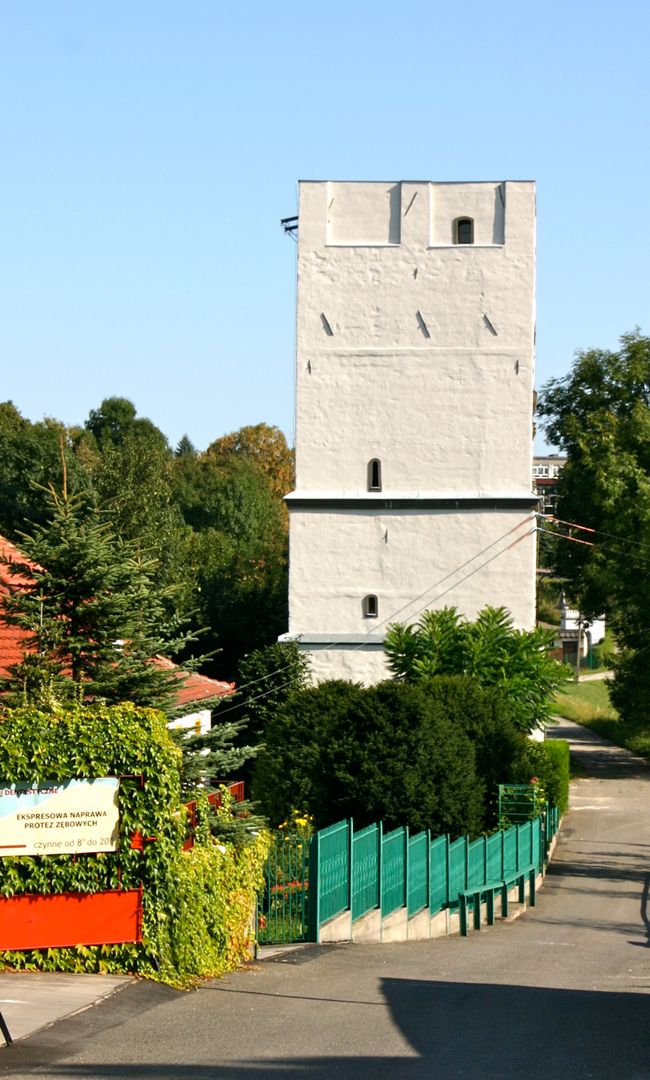White
6.94

Overview
Biała is a town in Poland, located in the Opole Voivodeship in Upper Silesia, with a rich history dating back to around 1270, when the settlement was founded. As the seat of a castellany, Biała was an important center, especially for the Jewish community, which shaped the cultural and economic life of the region from the 16th to the 19th century. The town is distinguished by its architecture, including the Gothic Parish Church of the Assumption of the Blessed Virgin Mary from the 14th century and the historic defensive walls from the 15th century with the Prudnik Gate Tower, which, after renovation, serves as a viewpoint. In a historical context, it is worth noting that Biała had its roots in the Opole tribe, and the first mention of it appeared in a document from 1225. The town passed through many hands, including the Habsburgs and Prussians. In the interwar period, Biała was the site of intense struggles over national affiliation, resulting in the settlement of a large group of Jews, which earned it the nickname "City of Jews." Interestingly, in the 18th century, Biała was the only town in the German Empire where Jews constituted the majority of the population. In the 20th century, after World War II, the town came under Polish control, and its residents, who spoke German, were encouraged to stay. Today, Biała is a local service center, known for its knitting industry and activities in the tourism sector, organizing various cultural events such as the Days of Biała. The inhabitants, including the German minority, cultivate their identity by using the Silesian dialect. The town area also features hiking and cycling trails, making it an attractive destination for tourists. Biała is home to the Municipal Cultural, Sports, and Recreation Center, and residents engage in various forms of social and cultural life, enriching the local community.
Location
City
Biała Deanery
Tertiary Administrative Division
White
County
Prudnik County
State
Opolskie Voivodeship
Country
2025 Wizytor | All Rights Reserved